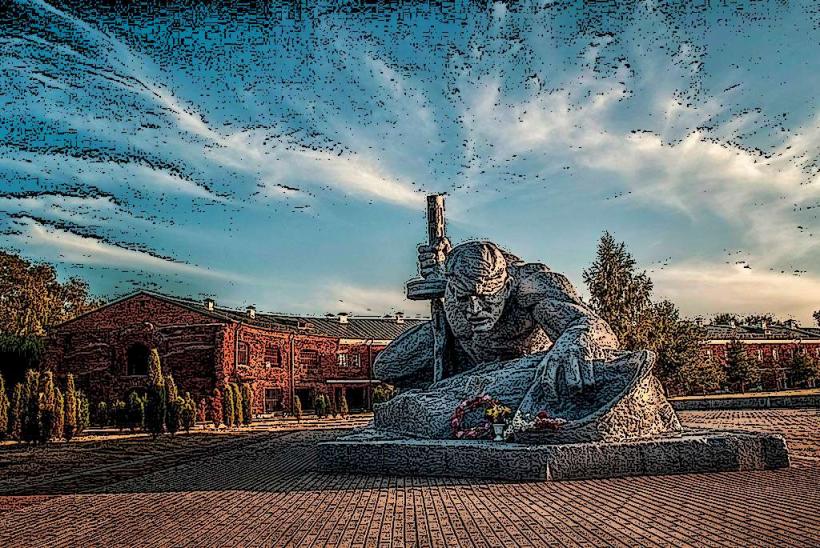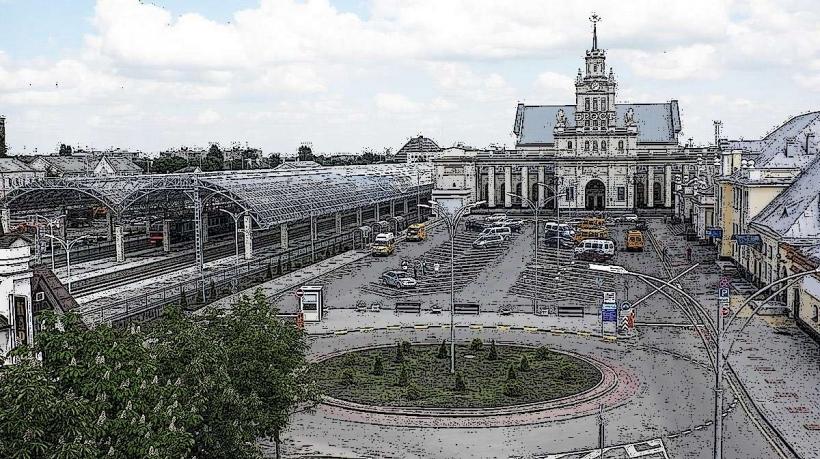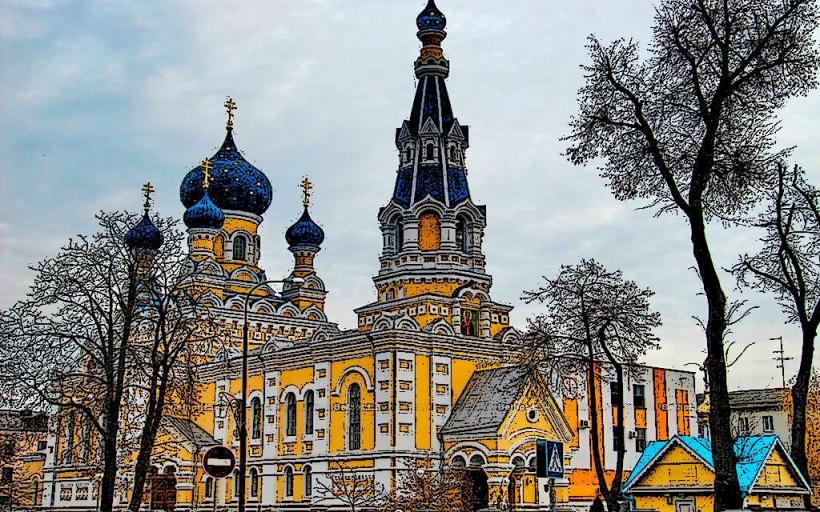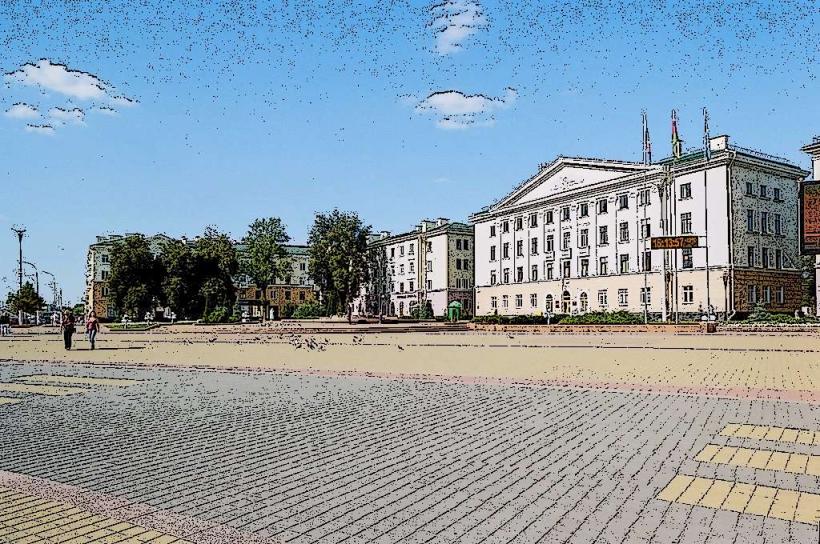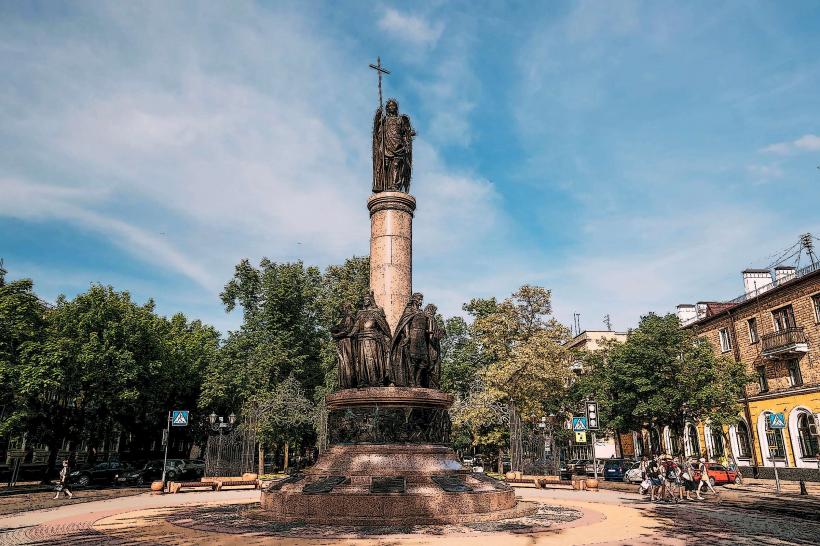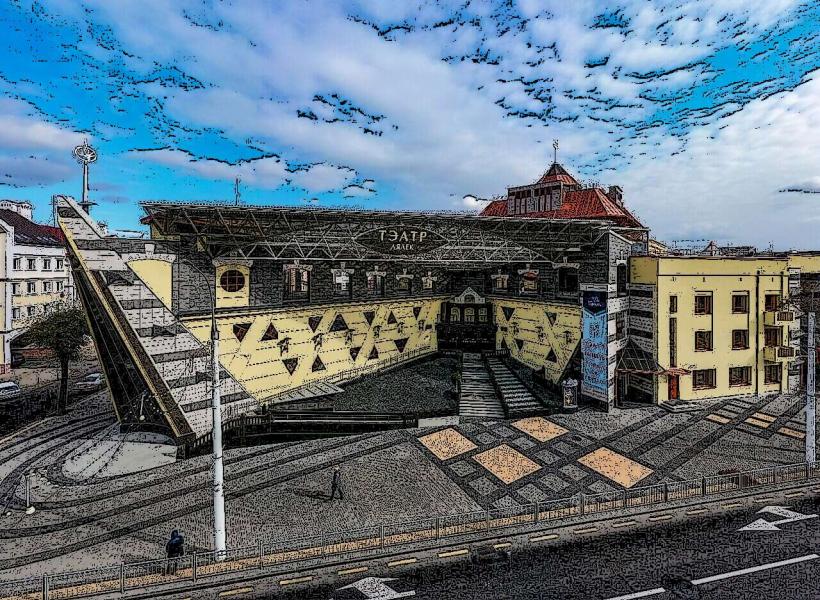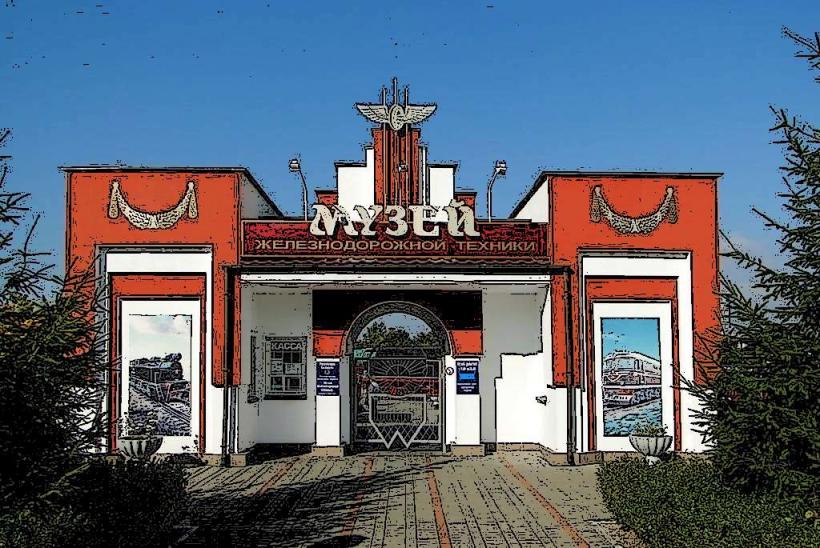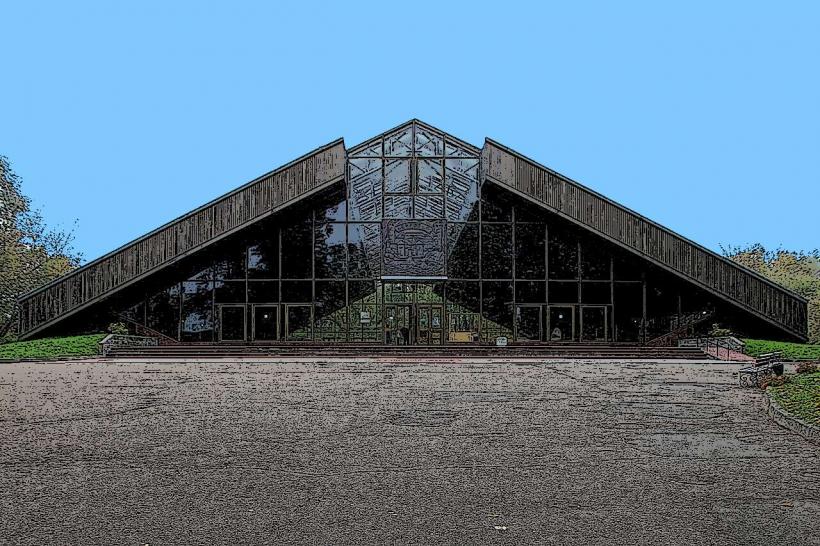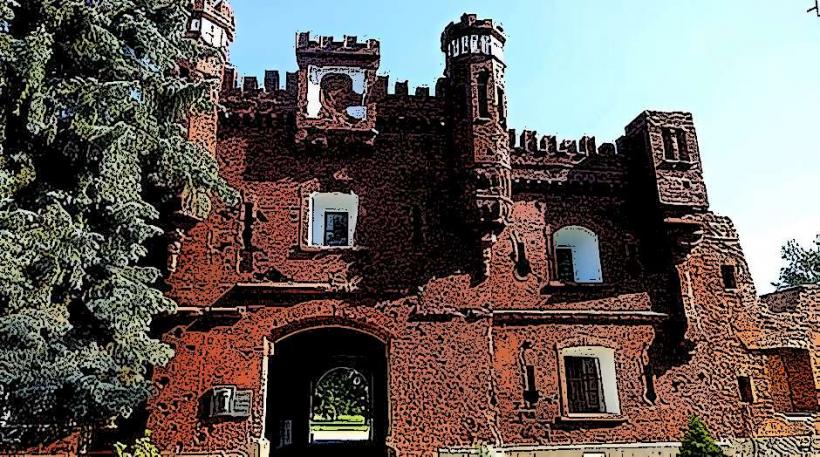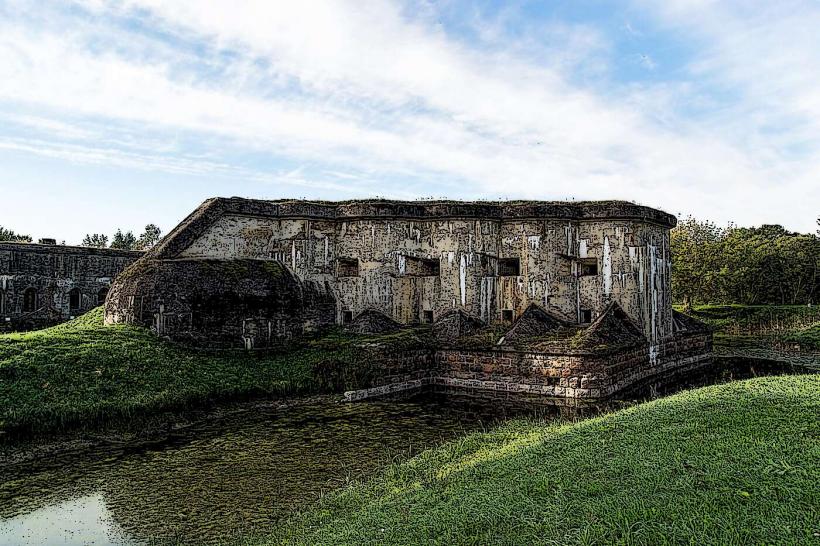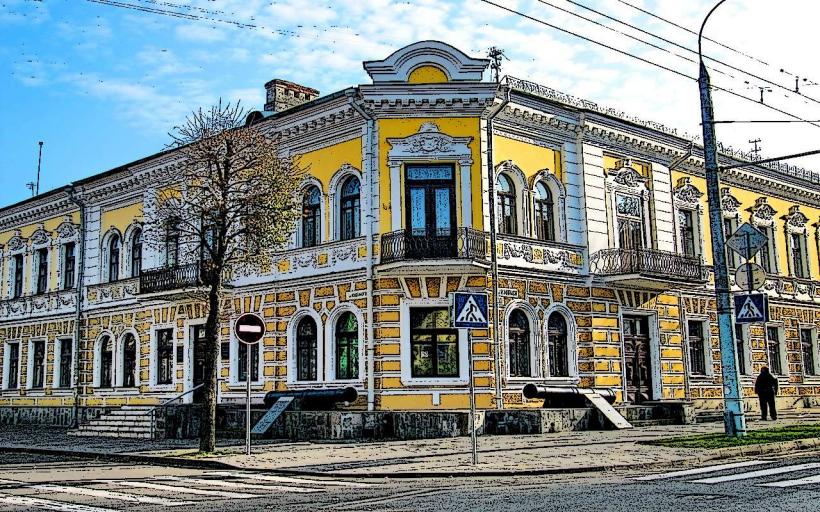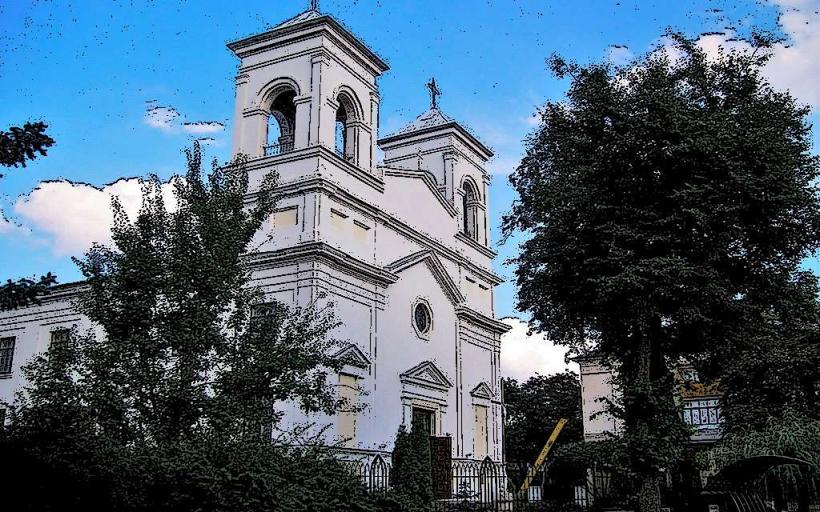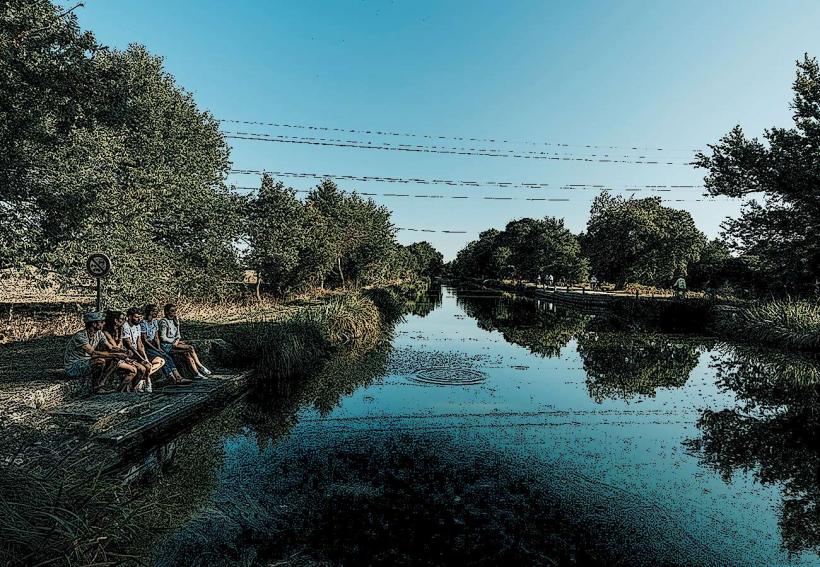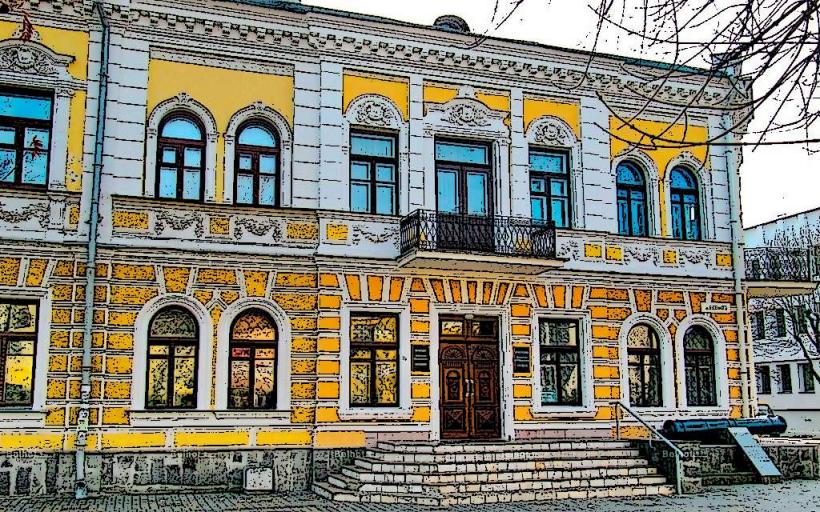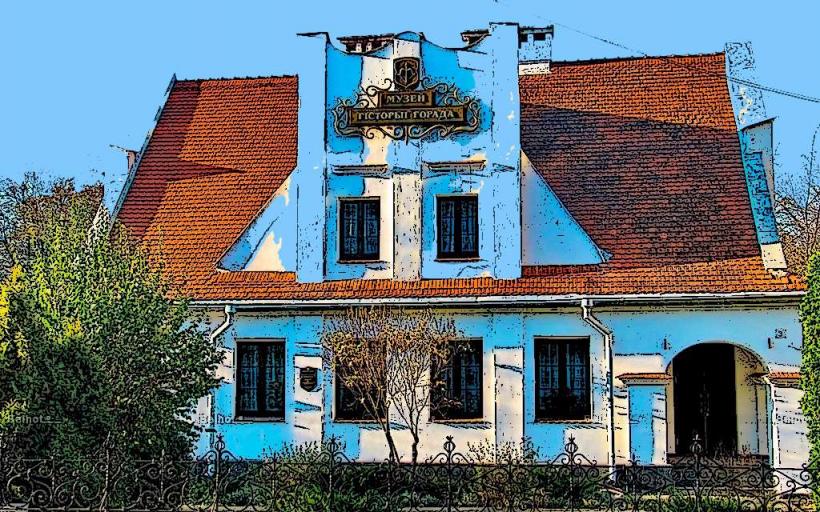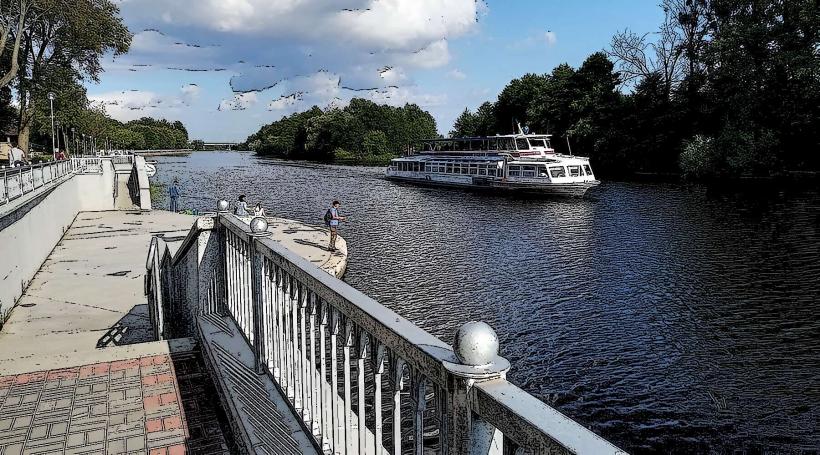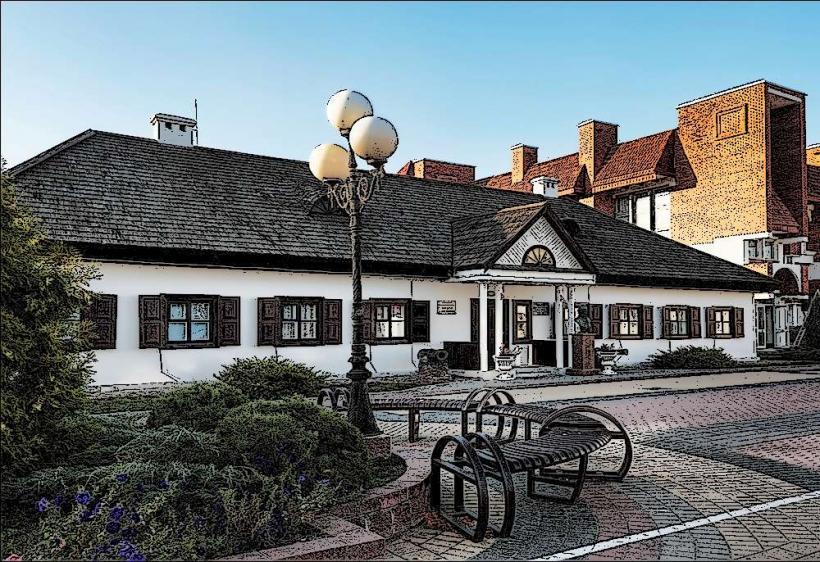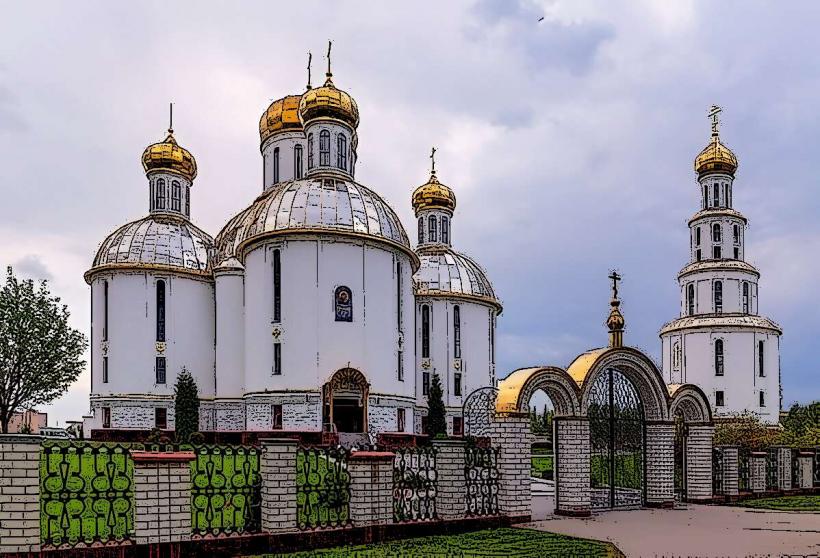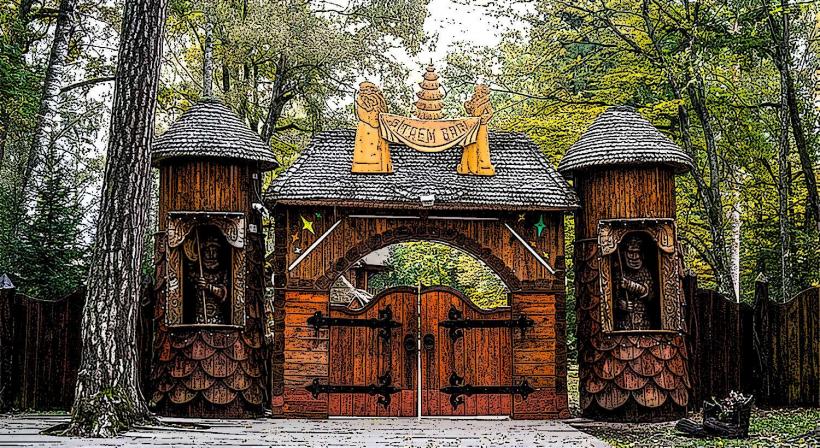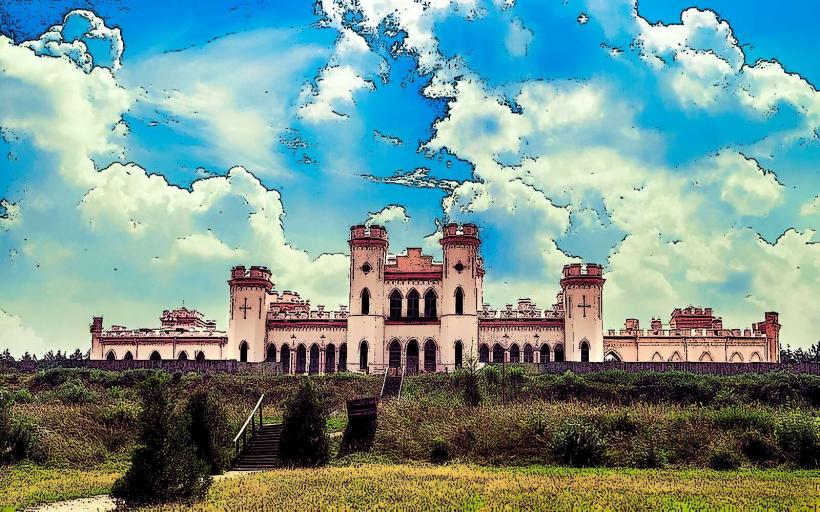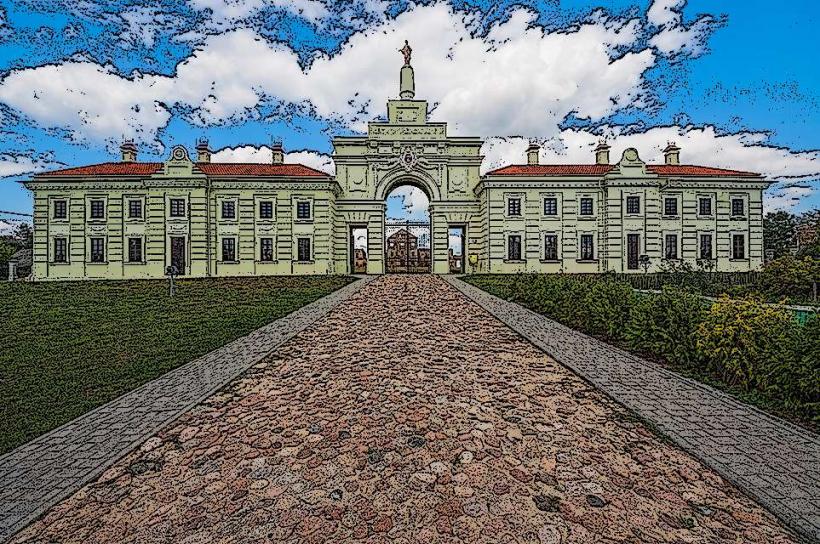Information
Landmark: White PalaceCity: Brest
Country: Belarus
Continent: Europe
The White Palace (also known as the Brest White Palace) is a historical building located in Brest, Belarus. It is an architectural landmark in the city, known for its unique design, rich history, and cultural significance. Here are some detailed aspects of the White Palace:
1. Location:
- The White Palace is situated in the center of Brest, close to the city’s main streets and near the Brest Park of Culture and Rest. Its central location makes it a prominent structure within the urban landscape.
2. History:
- The White Palace was constructed in the early 20th century and was initially intended to serve as a luxury residence and social gathering place. It was built during the time when Brest was part of the Russian Empire and later became a notable landmark during the Soviet era.
- Over time, the building has served multiple purposes. It was originally a private residence, but during different historical periods, it has been used for government offices, public events, and cultural activities.
- The White Palace is part of Brest’s rich architectural heritage, reflecting the city’s changing political and cultural landscape across the 20th century.
3. Architectural Style:
- The White Palace is designed in a neo-classical style, characterized by its symmetrical façade, decorative columns, and elegant detailing. The building features white stucco, giving it its name and contributing to its bright, imposing appearance.
- It is an example of early 20th-century architecture that combines classical elements with modern stylistic touches, making it a unique and striking building within Brest's architectural heritage.
4. Cultural and Social Role:
- Historically, the White Palace has been a cultural center and a venue for social events, including gatherings of the local elite, political meetings, and artistic performances. It has been a prominent location for the city’s social life, especially in the early to mid-20th century.
- The building has hosted many cultural events and exhibitions over the years. Even during the Soviet period, it played a role in organizing public events, including those linked to the Brest Fortress and the city’s role during World War II.
5. Modern-Day Use:
- In the present day, the White Palace continues to serve as an important cultural venue. It is used for a variety of purposes, including hosting concerts, exhibitions, and public events. It is also a popular destination for tourists interested in exploring the history of Brest and its architectural heritage.
- The building is still a symbol of Brest's historical evolution, showcasing the city’s blend of historical significance and contemporary cultural life. Its central location makes it an accessible and important landmark in the heart of Brest.
6. Significance:
- The White Palace is an important part of Brest’s identity, reflecting both the imperial past and the Soviet era of the city. As a preserved architectural structure, it offers a glimpse into the city’s evolution over the years.
- The palace is often associated with the city’s cultural transformation and continues to be a focal point for the local community and visitors alike. Its elegant design and historical relevance make it an integral part of Brest’s urban heritage.
Conclusion:
The White Palace in Brest is a beautiful and historically significant building that has played an important role in the city's cultural and social life. With its striking neo-classical design and rich history, it stands as a testament to the architectural and cultural development of Brest. Whether serving as a venue for events or as a symbol of the city's past, the White Palace remains a key landmark in Brest.

